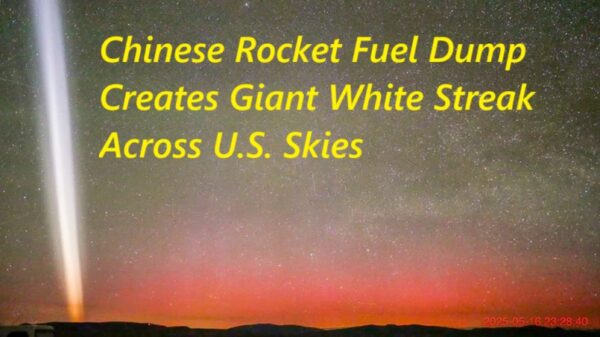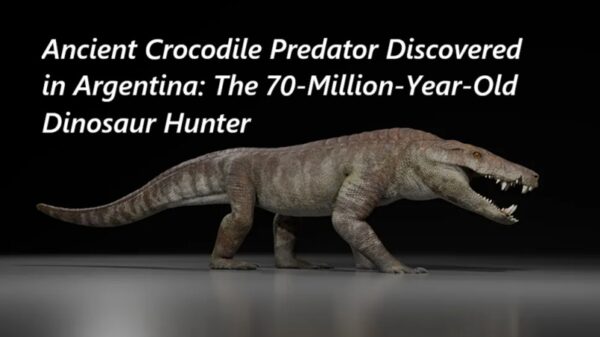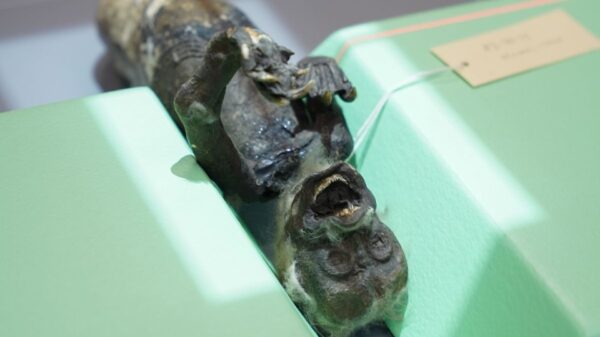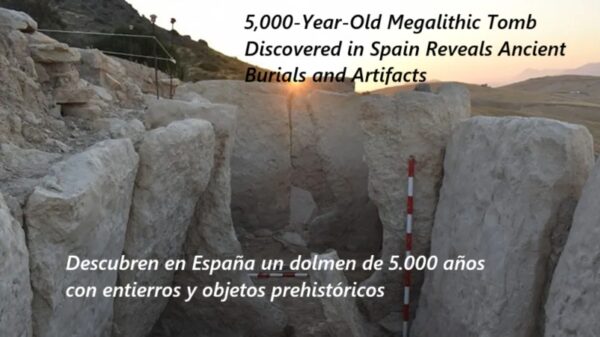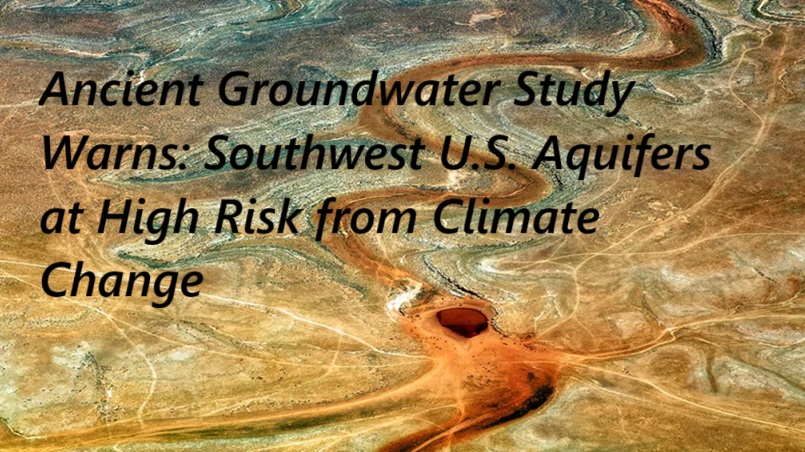Ancient groundwater warns of a drier future for the U.S. Southwest
New research suggests that underground water reserves (aquifers) in the American Southwest are far more vulnerable to climate change than those in the Pacific Northwest.
By studying groundwater trapped since the last Ice Age (about 11,000–20,000 years ago), scientists discovered that water tables in the Southwest dropped sharply during past periods of warming and drought. In contrast, aquifers in the Pacific Northwest remained relatively stable, even when rainfall increased.
Why the difference? Shallow water systems, like those under Washington and Idaho, can absorb and release water more easily through surrounding soils. Deep aquifers, such as in Southern California, are more fragile — once the rains stop, they dry out quickly.
These findings raise concerns for millions of people in the Southwest, where groundwater is a crucial source of drinking water and irrigation. As climate models predict hotter and drier decades ahead, the study highlights the urgent need for water management, conservation, and adaptation strategies.





